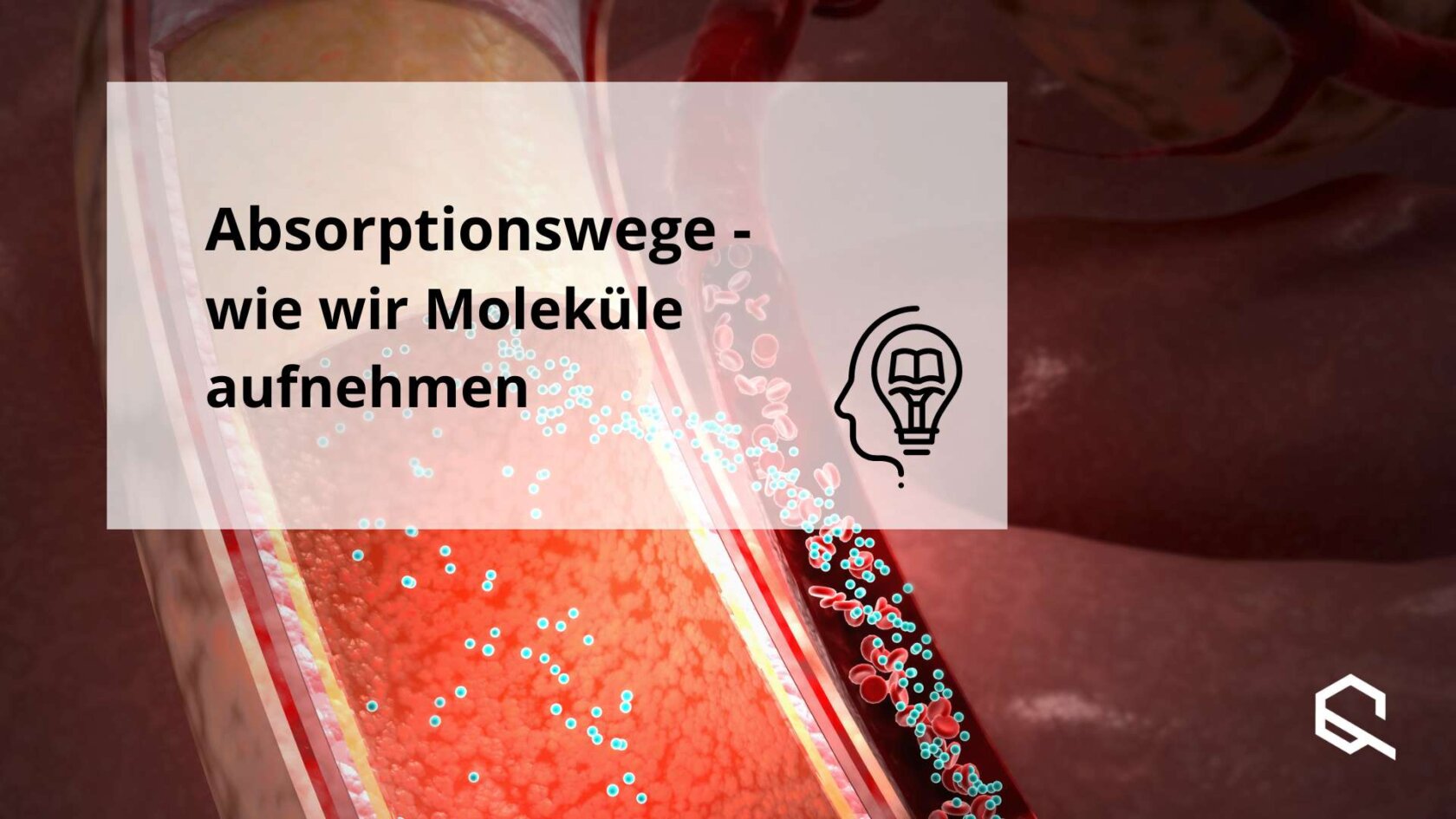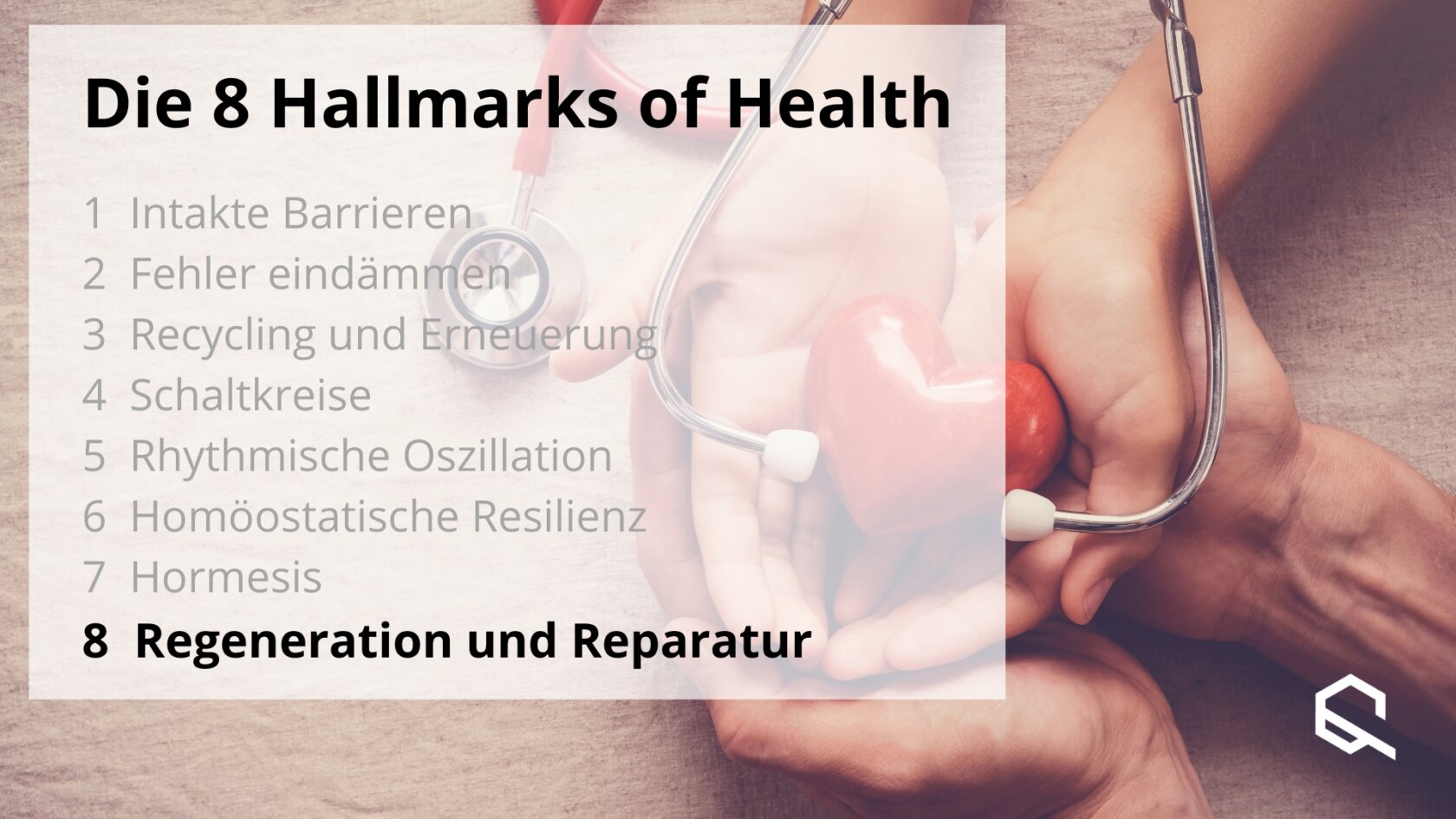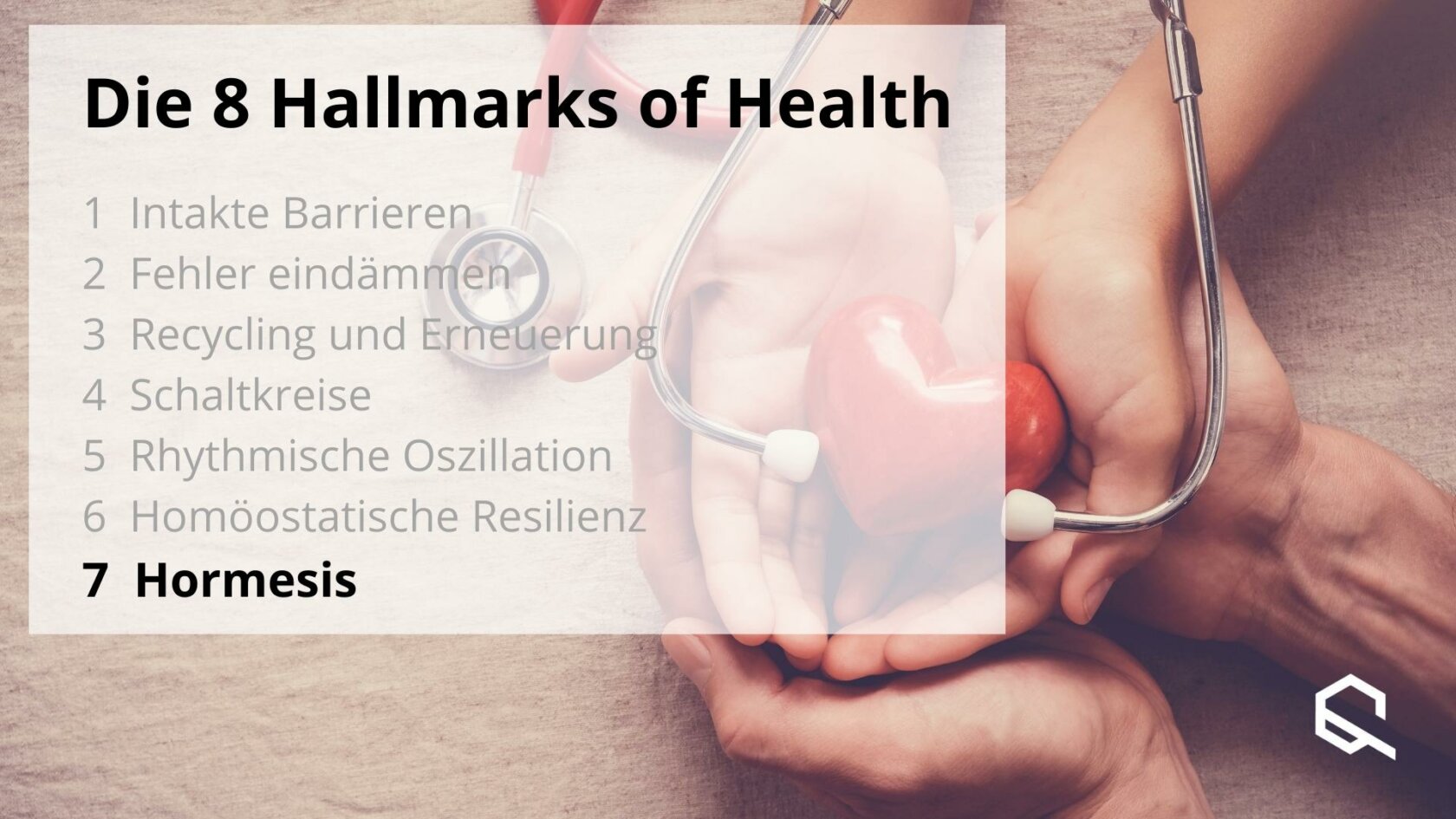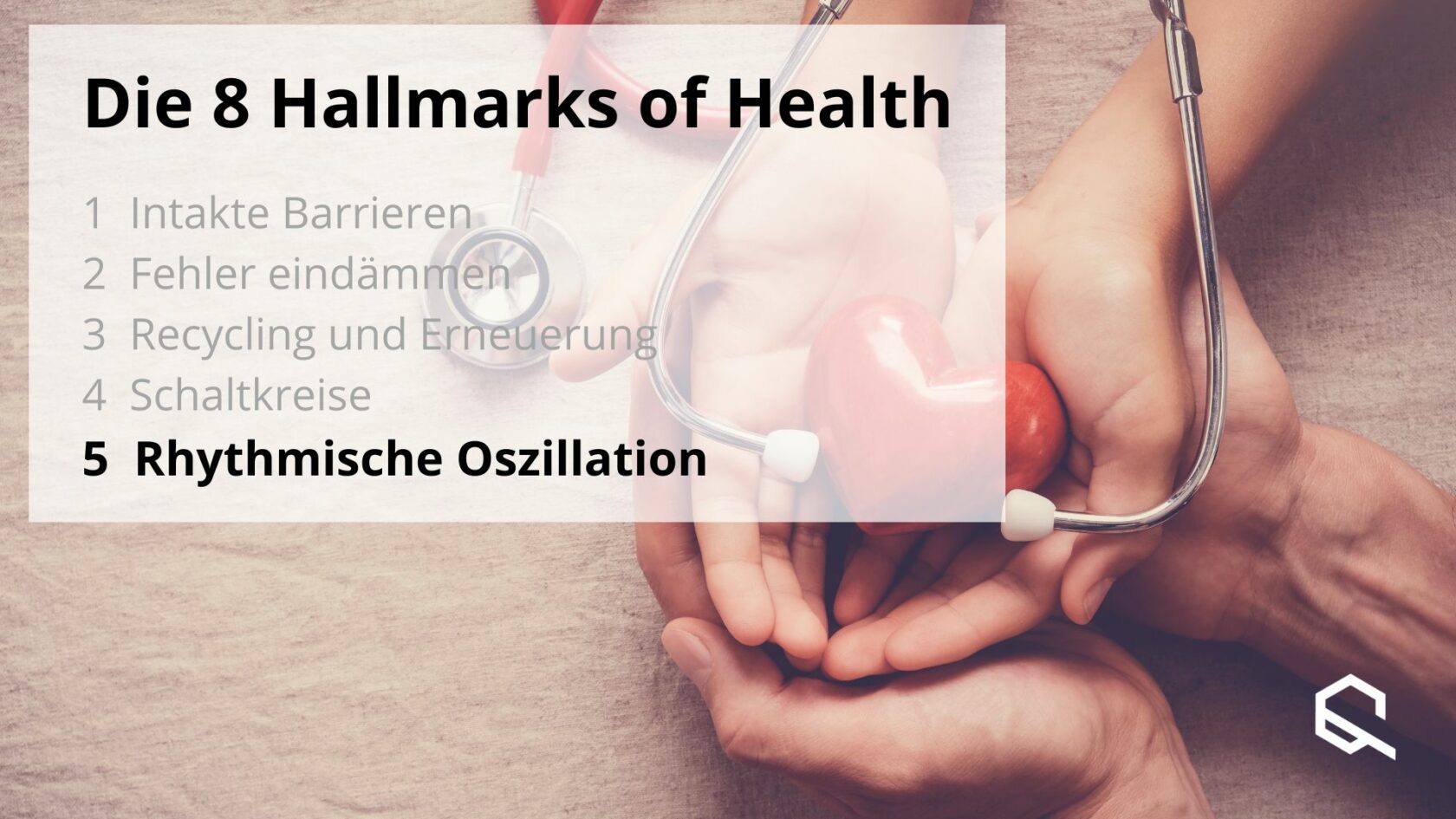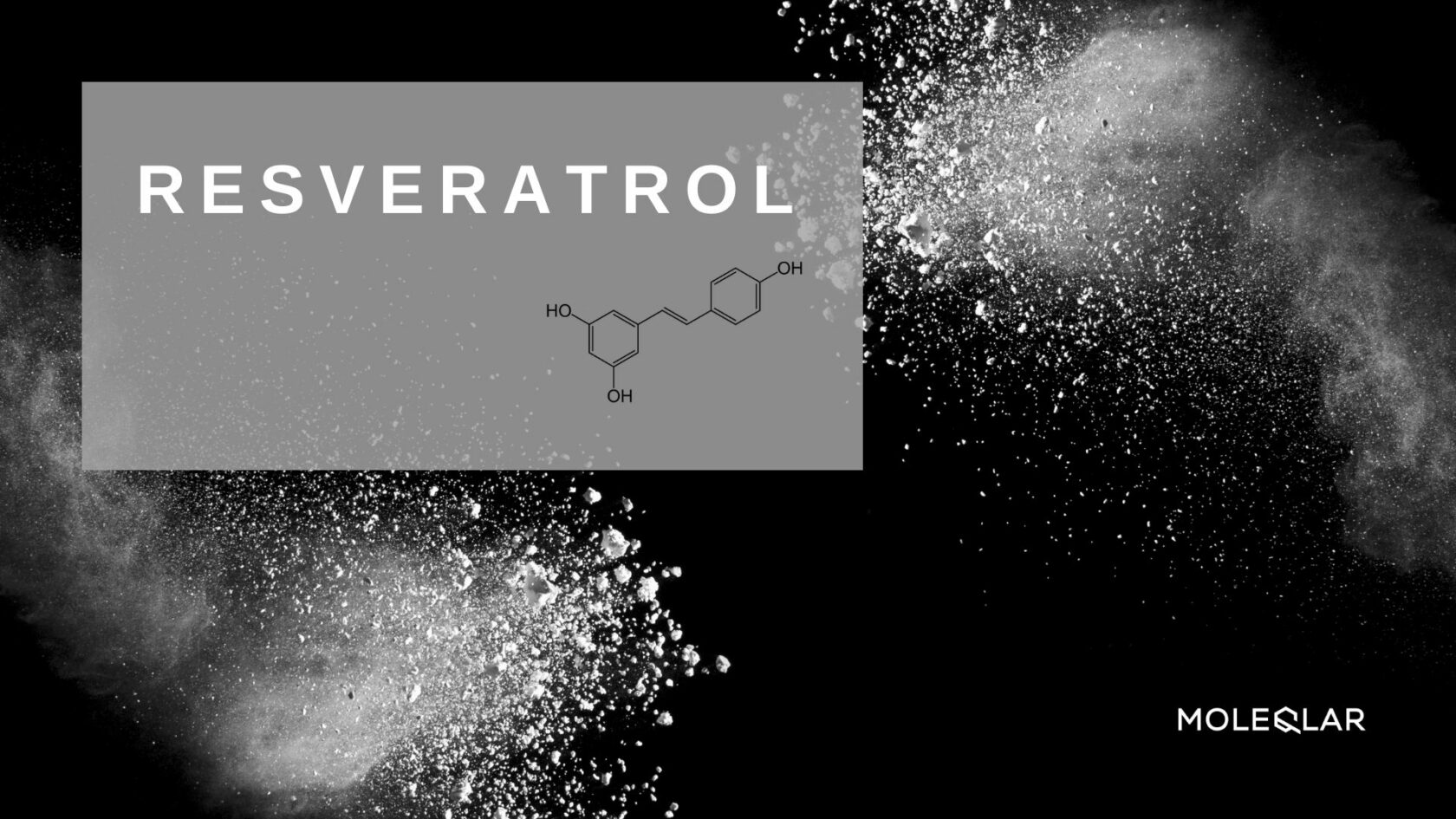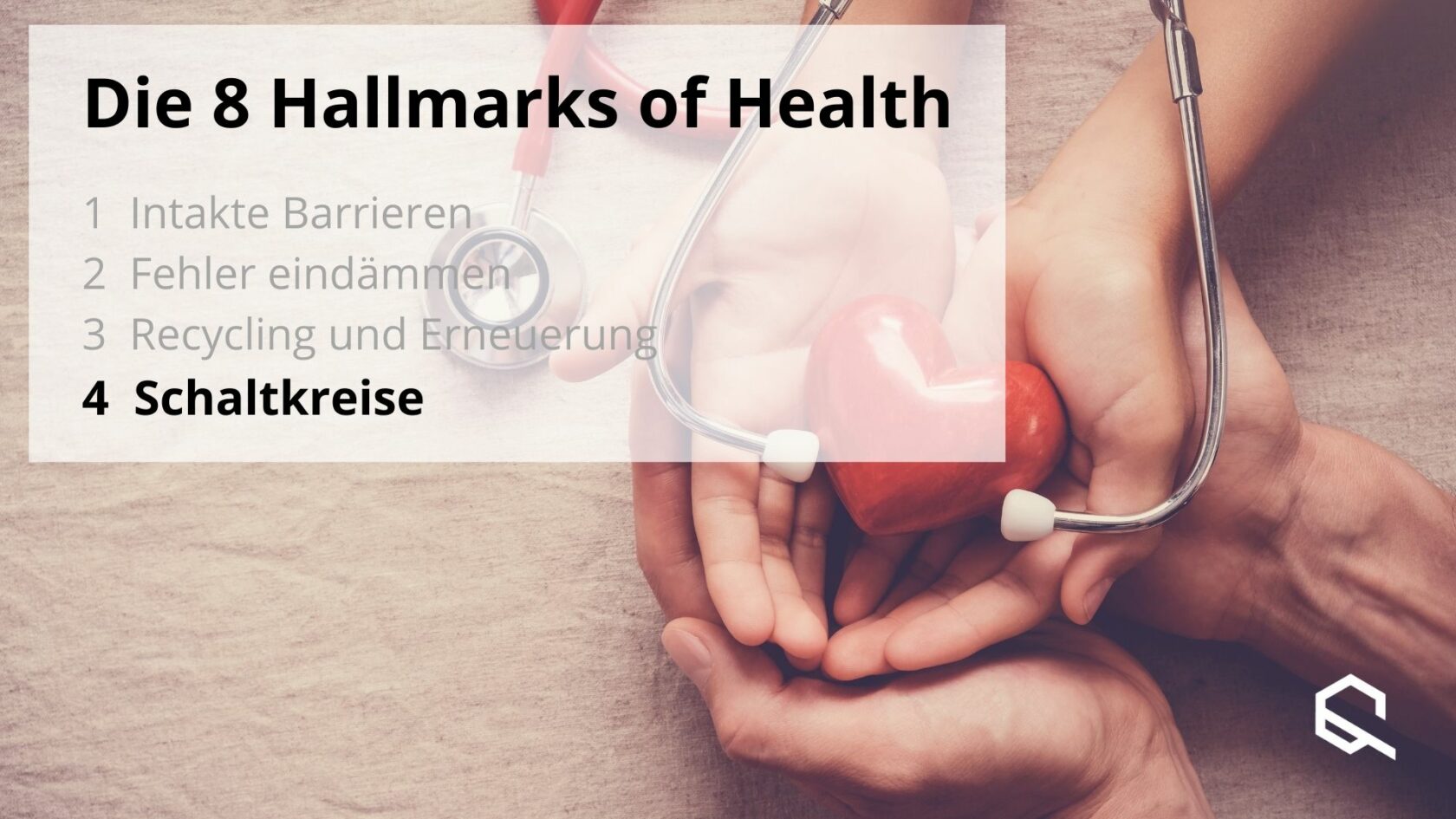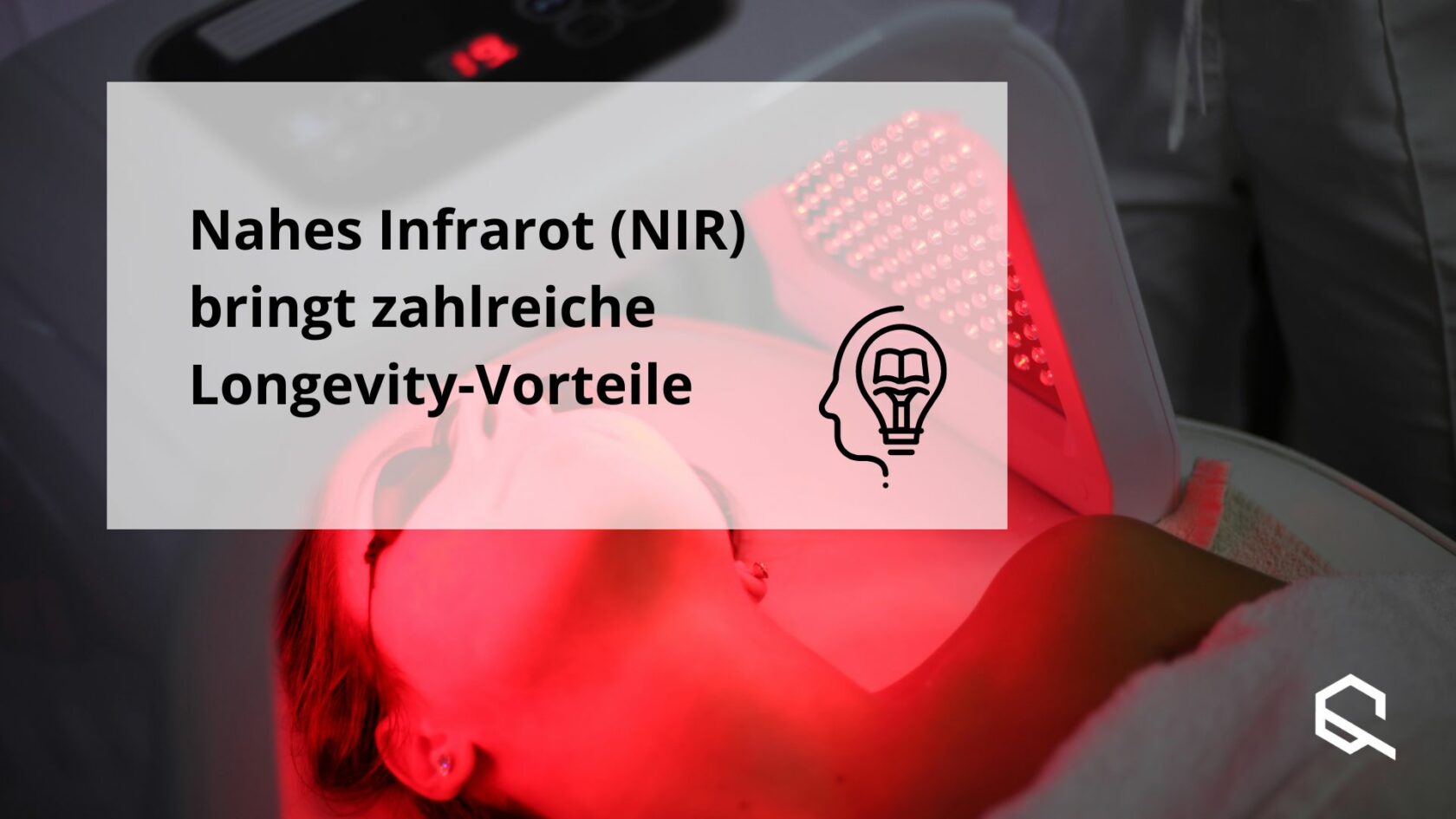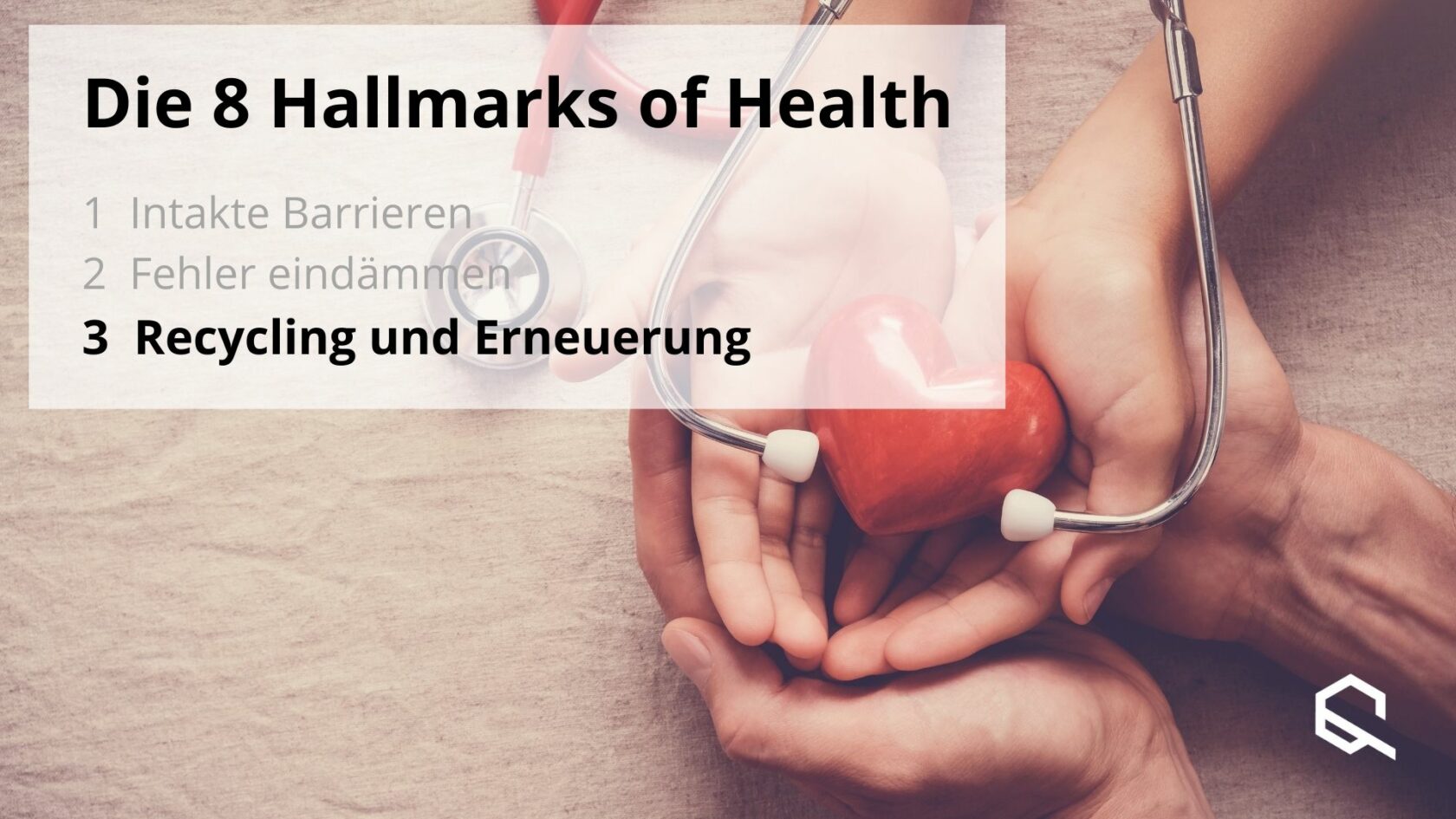Rarely has the topic of health been so present as in the last 2 years. Due to the pandemic, we have become accustomed to always critically questioning our state of health. Is the scratchy throat just due to the cold winter air or an infection? How can we assess whether we are healthy? And what does health mean anyway?
Generally, health is considered to be the absence of illness. So healthy is someone who is not ill. But is it possible to measure or define the state of health? What characteristics must a body have in order to be considered healthy? The scientists Carlos López-Otin and Guido Kroemer are dealing with this question. To get to the bottom of the topic of health and its characteristics, they analysed more than 200 scientific publications.
In order to clearly diagnose a disease, symptoms or other markers are examined which are causal for the disease. Scientists are trying to define characteristics that diagnose health, so to speak, according to a similar principle (Hallmarks of Health). Comparable to causes of disease and symptoms, these health characteristics - so-called hallmarks - should not only be signs of health, but also represent the cause of healthy bodily functions.
What criteria should a "health feature" fulfill?
First and foremost, a hallmark of health should directly represent healthy bodily functions. Furthermore, a disease state follows from a disturbance or dysfunction of the hallmark - both in the human body and under experimental conditions in the laboratory. If the function of the hallmark is restored, this should lead to an improvement in the state of health. A simplified example is our intestinal flora: it makes a major contribution to healthy digestion. However, if the intestinal flora is disturbed or altered, this can lead to digestive problems and pain. If they are brought back to a normal state, digestion calms down and the intestinal flora can be described as healthy.
According to these characteristics, 8 Hallmarks of Health were defined. These are briefly explained here and elaborated on in further articles.
1. intact barriers
The body is divided into many different "rooms" - so-called compartments - with their own functions, one of which is the intestine. These compartments are separated from each other so that the respective processes function optimally in all areas and do not influence and interfere with each other. In the so-called leaky gut syndrome, substances from the small intestine that should actually be excreted enter the bloodstream. There, the immune system has to fight the harmful substances, which leads to fatigue, exhaustion and reduced overall immunity.
Our skin also forms a barrier that protects us from external influences. In addition to these macroscopic examples, there are many other compartments that are separated from each other. Be it the separation from cell to cell by cell membranes, the separations of individual organelles within the cell or the protection of our genetic material in the cell nucleus by the cell nucleus membrane. At all levels, intact barriers contribute to the healthy functionality of our body.
2. contain disturbances
Let's look at the body as a large machine that consists of many individual processes. Due to the many individual processes, mistakes can sometimes creep in, which are carried on and can lead to bigger mistakes on a larger level - similar to the silent mail game. In order to prevent these errors at a larger level, intermediate stages are needed at all levels that check the processes again and again. If an error is detected, it can be removed at an early stage and thus prevented from spreading to the entire system - in the best case.
3. recycling and turnover
Although some mechanisms in the body detect and remove errors and faults at an early stage, errors still creep in again and again, for example incorrectly assembled proteins. To keep the number of errors as low as possible, a constant recycling of almost all components and cells takes place in the body. Molecules are degraded, broken down into their individual components and rebuilt. Our skin, for example, renews itself at regular intervals to provide us with constant protection against environmental influences.
4. integration of circuits
For our organism to function with all its individual subunits, processes are controlled by circuits. There are large circuits, for example the feedback from the stomach to the brain that it is full and we are therefore full. But smaller circuits between individual cells or within cells also regulate different processes, such as the production of molecules. The end of a production process communicates to the beginning of the chain that no more new cell components are needed and that production can be stopped - this is also called a feedback loop. In the simplest case, the end product of such a process inhibits the enzyme that takes over the first step. The many different circuits communicate by means of hormones, growth factors, antibodies and electrical signals.
5. rhythmic oscillations
Oscillations are regular vibrations. The body functions and changes different processes on the basis of different rhythmic oscillations. A distinction is made between shorter(ultradian), circadian (approximately one day long) and longer (infradian) rhythms. Ultradian rhythms last less than 24 hours; this includes the heartbeat, for example. Circadian rhythms include, for example, cell division and the sleep rhythm. Longer oscillations such as menstruation are called infradian rhythms. If these oscillations become unbalanced, there can be serious health consequences - for example, sleep disorders or cardiac arrhythmias.
6. homeostatic load capacity
Homeostasis refers to the balance of physiological functions. These include, among others, blood pressure, pH value or body temperature. Short-term changes occur and can also be useful (e.g. fever). However, if the homeostatic balance is not constant in the long term, this leads to chronic diseases. A resilience of homeostasis therefore speaks for a healthy, resilient body.
7. hormetic regulation
Hormesis originally meant that low doses of a toxin protect the body from the danger of higher doses of the same toxin. The body acclimatises and adapts well to conditions such as regular endurance exercise, interval fasting or changes in barometric pressure in high altitudes. For example, if you are planning a holiday in tropical areas or high altitudes, every travel blog recommends allowing a few days for acclimatisation to get used to the temperatures or air pressure. These adaptation mechanisms are essential and without them or in the absence of regulation, this leads to impaired physical functions and thus illness.
8. repair and regeneration
Constant external and internal influences damage the body and its components. For example, anyone who has been in the sun too long or without sufficient protection will get sunburn. This occurs because the skin is exposed to harmful UV radiation. In the case of severe sunburn, the skin then "peels" and new layers grow. Damaged parts of the body are renewed according to the same principle. Therefore, the repair of damage and regeneration are indispensable for the healthy functioning of the body.
These eighthallmarks of health represent many individual complex molecules, processes, circuits and regulatory mechanisms. In the following series, we will take a closer look at the individual hallmarks in order to understand together the complex processes of the body and thus our health.
Literature:
López-Otín, Carlos, and Guido Kroemer. "Hallmarks of health." Cell 184.1 (2021): 33-63. https://pubmed.ncbi.nlm.nih.gov/33340459/
Images:
The images were acquired under licence from Shutterstock or Canva and marked accordingly.




